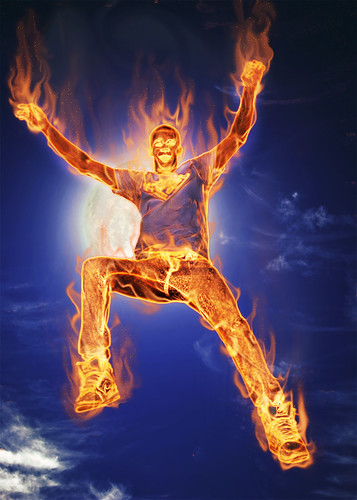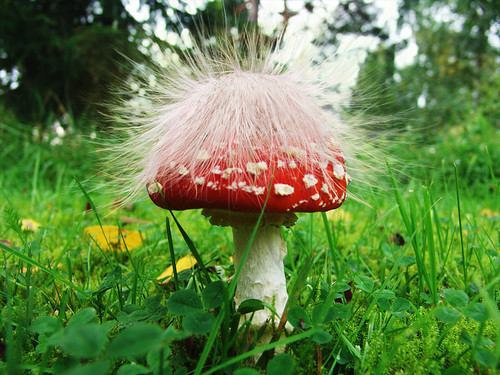Let's start after the obvious steps of nailing the shots on set then saving and backing-up of the files:
1) Review the pre-session notes and make sure I have the story I was trying to capture clear in my mind (explained here)
1a) Re-read notes and make sure that I'm sure I have the story I was trying to capture clear in my mind.
2) Select the images that do the best job of illustrating that story.
3) Second pass to pick the best technical shots from that group.
4) Open in Camera Raw and make sure my camera's profile is selected.
5) Click "auto", review what Adobe suggests then set it back to "default".
6) Crop and set the white balance.
7) Tweak the exposure, brightness, fill and black sliders to set the highlight and shadows where they need to be for the story I'm trying to tell.
8) Jack up the vibrance slider until I see the peaks of the histogram start to drop.
9) Back off the saturation slider until the colors enhance the tone of the story.
10) Add clarity until the histogram peaks start to move up then tweak a bit one way or the other to taste.
11) If the image has skin tones in it I'll click on the HSL/grayscale tab and bump the luminance of the oranges a little to help bring them forward.
12) Work the luminance and saturation sliders on all of the individual colors to better isolate the subject and match the background to the mood of the story.
*** Side note: Yes, again with the story - remember, unless you are in a line of work that requires photocopy level "truth" in your images your goal is not to tell the truth, it is to tell the story. Don't get hung up on "rules". Get hung up on the story. Most photographers should be entertainers first and foremost, not just reporters. If you are adding a strong accent to your story, in the form of heavy post processing, make sure it's because the accent adds to the story, not just because you liked the way it looked when another photographer used it. If you are strongly opposed to those things please make sure your reasons are, again, tied to your story, not just a list of self imposed limitations. Remember, 99% of the people who look at a picture are looking at the story, not the image. The other 1% are probably competitors, not clients. Ok, back to our regularly scheduled program***
13) Open in Photoshop at 16 bits.
14)
15) Sharpen with a high pass filter and save per job requirements.
16) Repeat as required until job is ready for delivery.
Finally, one of my favorite parts:
17) Pick a few of the shots that speak to me and PLAY!!
As you can probably guess by this work flow, I may shoot a lot on site but I rarely deliver a huge volume of final images to the client. I kind of feel like any story that takes several hundred images to tell could probably use a little more clarity from the start. I made the decision early on that I was going to specialize in capturing and developing a vibrantly told story in as few images as possible so that I could give those images the attention they deserve. My goal is to entertain and engage the viewers who invest their time and attention in my client's story without loosing them along the way. Fifteen images is kind of my base line number for a full blown portrait session but that's pretty arbitrary. Some ad jobs only require one and some require a LOT more, but if I haven't delivered in 15 images or less, the viewers are going to be very tired of hearing from me by the 100th frame. If I do it right I believe people will invest more time looking at those 15 images than they would reviewing a typical higher volume set. I know I sure do.






